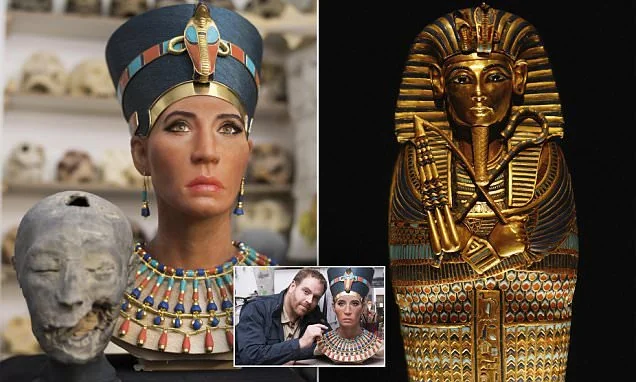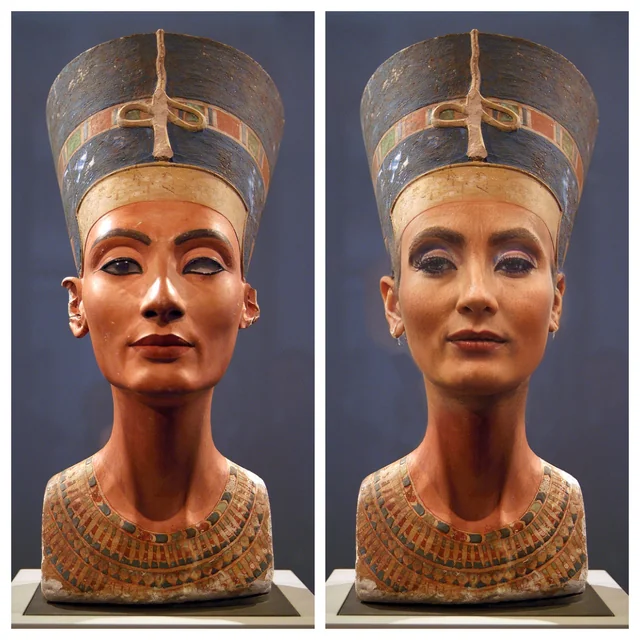DNA evidence confirmed that the mummy known as the “Younger Lady” was the mother of Tutankhamun, revealing a royal tragedy.
The DNA evidence that confirmed the mummy known as the “Younger Lady” was the mother of Tutankhamun is a genuine and groundbreaking discovery. First published in a 2010 study in the Journal of the American Medical Association, this finding was part of a comprehensive genetic analysis of the royal mummies of the New Kingdom. The results not only solved the long-standing mystery of Tutankhamun’s parentage but also revealed a profound royal tragedy rooted in the ancient Egyptian practice of incest.

The DNA analysis established that Tutankhamun’s father was the mummy from tomb KV55, now widely believed to be the “heretic king” Akhenaten. More astonishingly, the study confirmed that Tutankhamun’s mother, the “Younger Lady,” was the full biological sister of his father. While incestuous unions were common within the royal family to preserve the divine bloodline, the genetic consequences were severe. Researchers linked this extreme inbreeding to Tutankhamun’s poor health, providing a compelling explanation for his physical frailties. The boy king was found to have a severe club foot, bone necrosis in his foot, and likely suffered from a compromised immune system, which would have made him susceptible to diseases like the malaria that may have contributed to his death at age 19.

While the exact identity of the “Younger Lady” remains a subject of scholarly debate, with many believing her to be either Nefertiti or one of Akhenaten’s lesser-known sisters, her role as Tutankhamun’s mother is now a confirmed fact. The discovery of her remains, along with the genetic data revealing the incestuous parentage and Tutankhamun’s associated health issues, paints a tragic picture of a young ruler’s life cut short by the very traditions that placed him on the throne.
